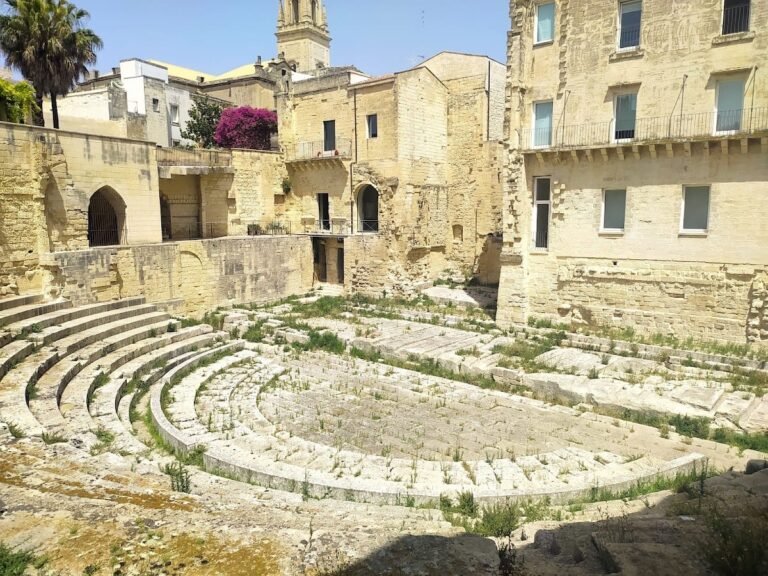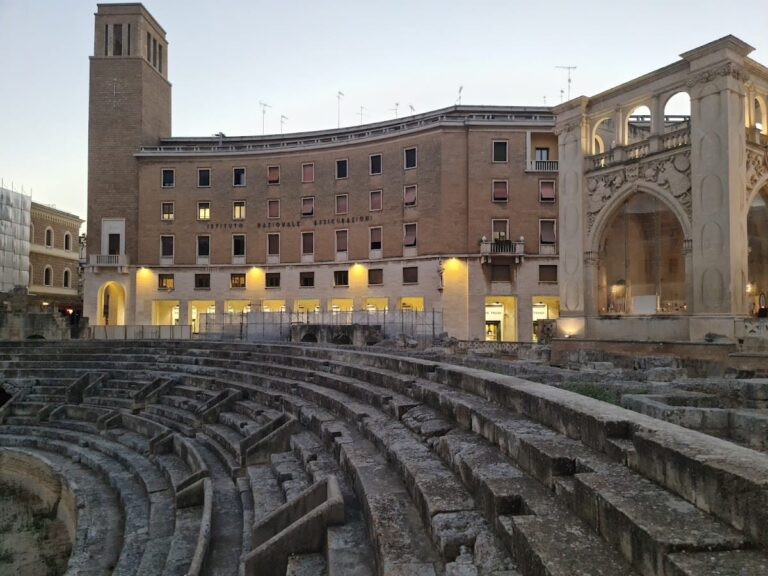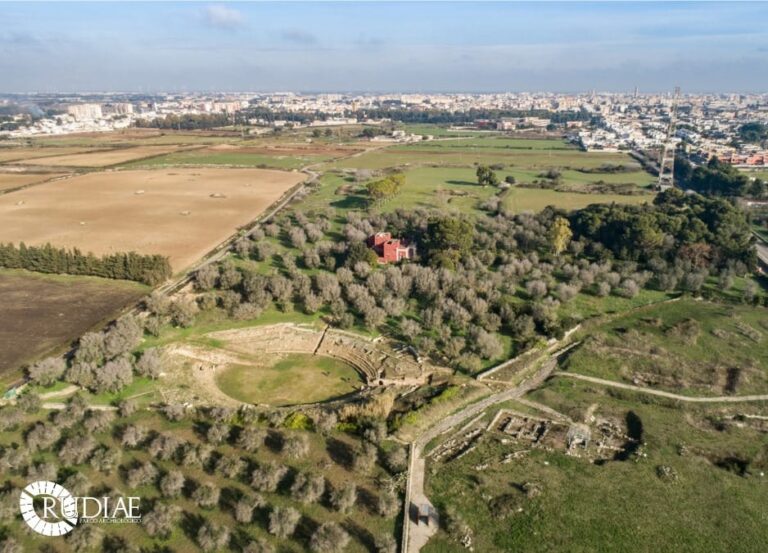Castello Alfonsino: A Historic Fortification on Sant’Andrea Island near Brindisi
Visitor Information
Google Rating: 4.6
Popularity: Low
Google Maps: View on Google Maps
Official Website: www.pastpuglia.it
Country: Italy
Civilization: Medieval European
Remains: Military
History
The Castello Alfonsino is located on the island of Sant’Andrea, near the entrance to the outer harbor of Brindisi, Italy. This fortified complex was originally built by the Kingdom of Naples under Aragonese rule during the late 15th century.
The site’s earliest documented use was as a Benedictine abbey established by at least 1059, serving religious functions for several centuries. The abbey was eventually abandoned in the 14th or 15th century amid regional instability and conflicts, leaving only fragmentary elements such as carved capitals, which have been preserved in Brindisi’s Museo Archeologico Provinciale Francesco Ribezzo.
In 1481, King Ferdinand I of Naples, son of Alfonso I of Aragon, initiated the construction of a defensive tower on Sant’Andrea. This replaced the former religious complex to provide protection for the strategic port of Brindisi. During the early 16th century, this tower was expanded northeastward, adapting to the growing military needs of the region.
The mid-16th century saw further development under Spanish rule. From 1558 to 1604, during the reign of Philip II of Habsburg, the fortification was significantly enlarged by adding the adjacent structure known as Forte a Mare. This expansion included enclosing much of the island with defensive walls and bastions designed to withstand attacks from the Ottoman Empire, a major naval threat at the time.
The site experienced direct military action on several occasions. In 1529, a Venetian galley launched an attack, and later, in 1799, during a period of counterrevolutionary unrest, French forces besieged the fortress. After its military role lessened, the complex was repurposed as a hospital under the Kingdom of the Two Sicilies and continued serving in this capacity into the 20th century.
Control of the island remained with the Italian Navy until 1984, when storm damage forced its abandonment. Subsequently, restoration efforts have been undertaken to preserve the site. Since 2021, the fortified complex has been accessible for cultural activities, while discussions about its future use continue.
Remains
Castello Alfonsino occupies the southern tip of Sant’Andrea island, adapting its irregular shape to the natural contours of the terrain. The fortress reveals layers of construction with some sections having been lost to collapse and rebuilt over time. Built predominantly from red carparo stone blocks, which give the castle its reddish hue and the nickname “Castel Rosso,” the material choice contributes to the fortress’s distinctive appearance.
Two bastions from the early 16th century remain integral to the complex: a rounded bastion oriented inland and a triangular bastion facing the sea. These structures reflect the defensive strategies of their era by providing protection against both land and naval approaches.
Within the fortress lies a notable hall containing a stone lavabo, or wash basin, framed by stone jambs inscribed with the date 1527. This feature suggests attention to both function and ornamentation within the military setting.
A distinctive architectural element is the small internal harbor built around 1577. Accessed through an archivolt — a curved stone archway forming part of the wall — this harbor was constructed to connect the original Aragonese tower with the later Spanish expansion known as Forte a Mare.
Forte a Mare, added between 1558 and 1604, epitomizes 16th-century military design with its bastions and enclosing walls. The main entrance of this fortification is marked by a portal displaying coats of arms dated to 1609, symbolizing royal and noble authority over the site, including those of Philip II and Philip III of Spain.
The island’s strategic position was secured further by a dam linking Sant’Andrea to the western shore, which effectively closes off the Bocca di Puglia strait. Additionally, two dams on the southern side of the island narrow the harbor’s entrance to approximately 250 meters wide, enhancing control over naval access.
The entire fortified complex originally included a governor’s residence, barracks for soldiers, a powder magazine for ammunition storage, a church, and a central parade ground. Soldiers’ recreational activities took place in a gallery within the fortress, illustrating the complex’s role as a self-contained military community.
Today, parts of the structure have been restored to allow public access, but storm damage has caused some sections to deteriorate over time. Stone coats of arms belonging to Spanish monarchs and nobles still adorn the walls, preserving the historical identity of the site. The surviving architectural elements provide valuable insight into the military and administrative functions of the Castello Alfonsino throughout its history.







